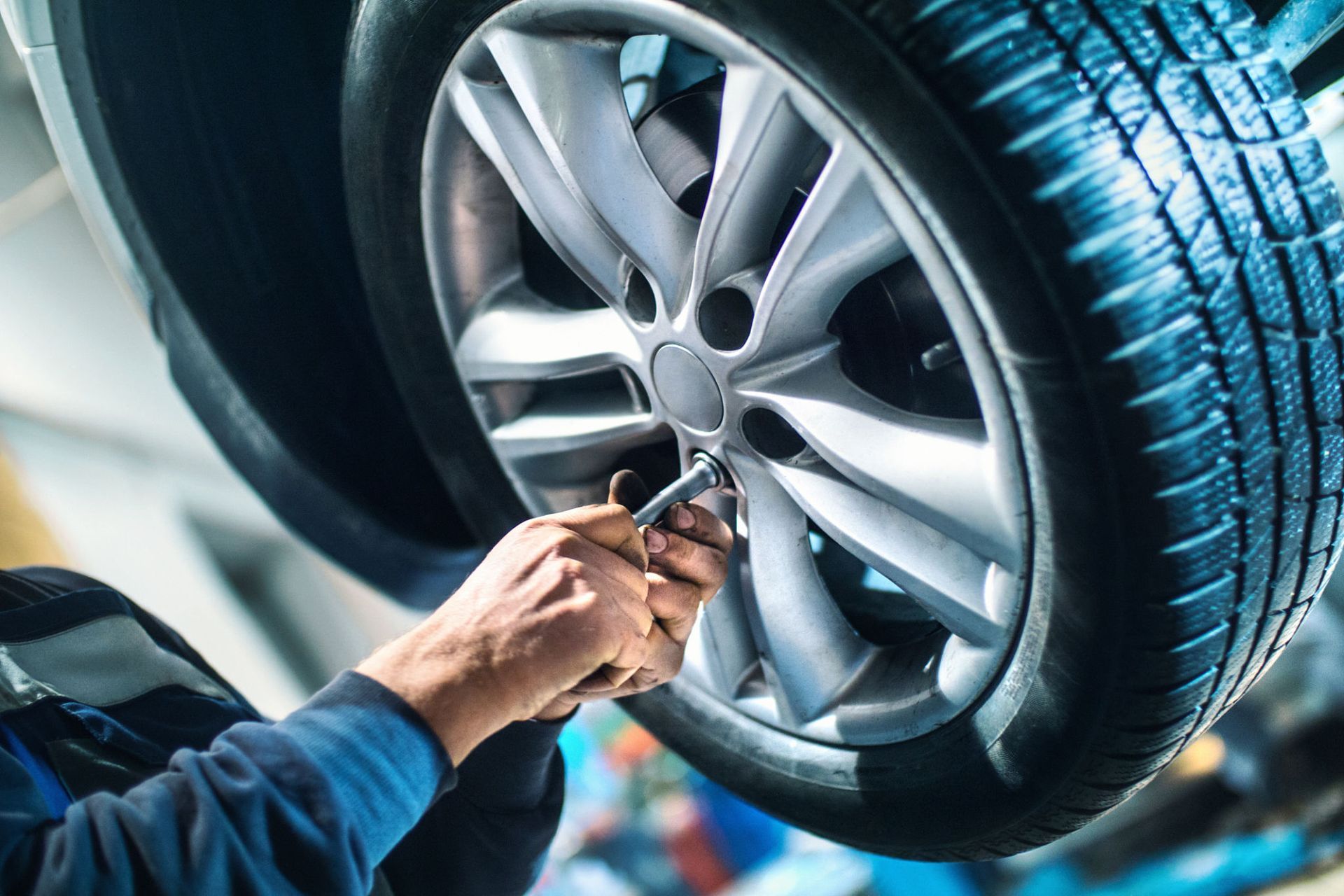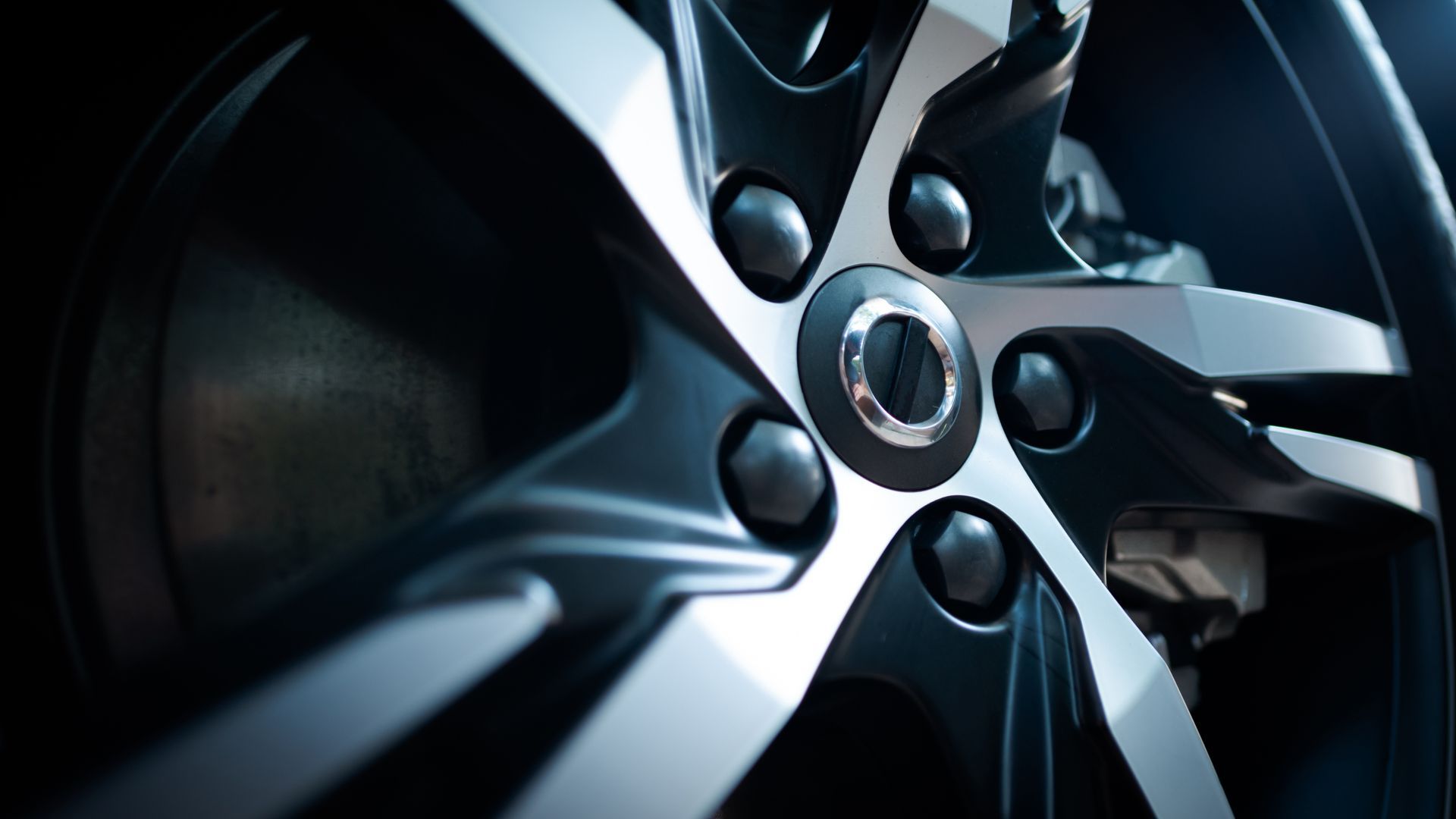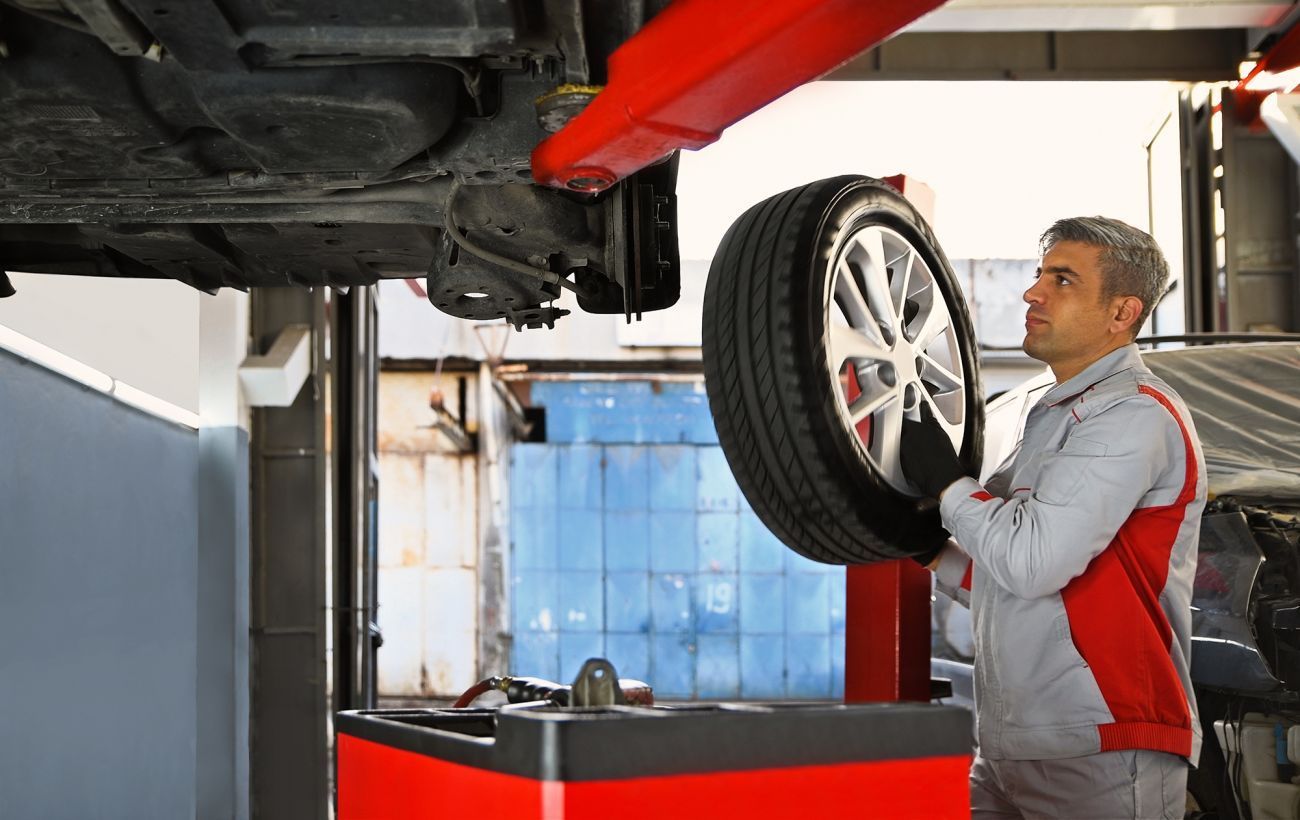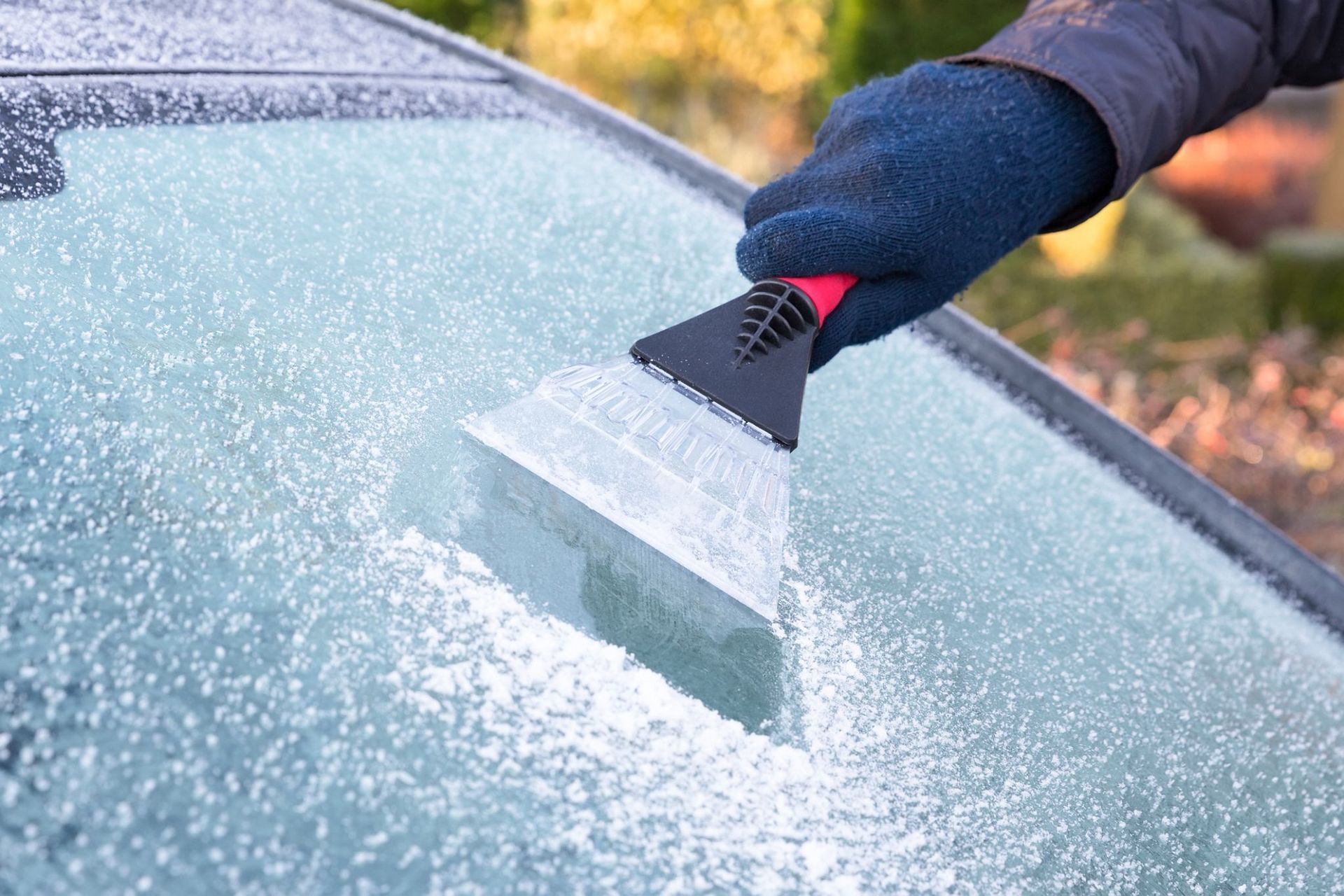Understanding MOT Testing Services: What's Included?

An MOT test is a crucial part of keeping your vehicle safe, roadworthy, and compliant with laws here in the UK. Whether you’re driving a car, van, or motorcycle, ensuring your vehicle passes its annual MOT is not only a legal requirement but also a key step in maintaining road safety for yourself, your passengers, and other drivers on the road.
Local mechanics and MOT garages play a key role in this process. These professionals are trained to assess every aspect of your vehicle, from the brake system to the exhaust, ensuring that everything is in working order. But what exactly is checked during an MOT test, and what happens if your vehicle doesn’t pass? Our article will delve into the details of MOT testing services, explain the different types of faults you might encounter, and help you understand the results of your test. By the end, you’ll have a clear understanding of what’s involved and how to ensure your vehicle stays in top condition. To learn more, keep on reading!
What is Included in an MOT Test?
An MOT test is a thorough inspection which is designed to assess your vehicle's safety and its environmental standards. During the test, several components will be examined to ensure they meet the required legal and safety standards. Read below to understand the main components that are assessed:
Brakes
The brake system is one of the most important safety features of your vehicle, as it controls your ability to stop your car. During the MOT test, your brakes are inspected to ensure they work properly. This includes checking the brake pads, discs, and hydraulic systems for wear and tear. The efficiency of the braking system is also tested to make sure the vehicle can stop quickly and safely at any time.
- Pass: The brakes are in good working order and the vehicle can stop safely.
- Fail: If the brake pads are worn, or the braking system isn’t effective, the vehicle will fail the MOT. In some cases, it may be dangerous to drive without addressing the issue.
Exhaust System
The exhaust system helps reduce harmful emissions and control noise levels, and is another essential part of your vehicle. During the MOT test, the exhaust is checked for leaks, excessive noise, and its overall condition. A vehicle’s exhaust system is also examined to make sure that it meets emissions standards.
- Pass: The exhaust system is in good condition, with no leaks or excessive noise.
- Fail: A hole or crack in the exhaust, or an unusually noisy system will result in a fail. An exhaust system that produces black smoke or emits harmful pollutants will also lead to a failure.
Lights and Indicators
The functionality and alignment of your vehicle’s lights are checked during the MOT test. This includes front and rear headlights, brake lights, turn signals, and reverse lights. The lights must be aligned properly and in full working order.
- Pass: All lights function correctly and are properly aligned.
- Fail: Faulty or misaligned lights, including any broken or missing bulbs, will result in a failure.
Tyres and Suspension
Tyres must meet legal tread depth requirements, and suspension components must be in good condition to maintain stability and control of the vehicle. Tyres are inspected for signs of wear, cracks, or punctures, and the suspension is checked to ensure it is free of damage and works properly.
- Pass: Tyres are within the legal tread depth (at least 1.6mm) and the suspension components are not worn or damaged.
- Fail: Worn-out tyres, cuts, punctures, or damage to the suspension will result in a fail. If the vehicle’s handling or stability is compromised, it will fail the MOT.
Windscreen and Wipers
The windscreen is checked for cracks, chips, or any damage that could impair the driver’s vision. Wipers and washers are also tested for functionality, ensuring they work effectively to clear the windscreen.
- Pass: No significant damage to the windscreen, and the wipers and washers are working efficiently.
- Fail: A large crack or chip in the driver’s line of sight, or faulty wipers and washers, will result in a fail.
Vehicle Structure and Body
The structural integrity of the vehicle is assessed to ensure that there are no issues that would compromise the safety of the vehicle. This includes checking the chassis, bodywork, and frame for rust, corrosion, or any damage that could affect the vehicle’s safety.
- Pass: The vehicle’s structure and body are free from significant rust or structural damage.
- Fail: Excessive rust or structural damage to critical areas of the vehicle will lead to a fail, as it could impact the vehicle’s safety.
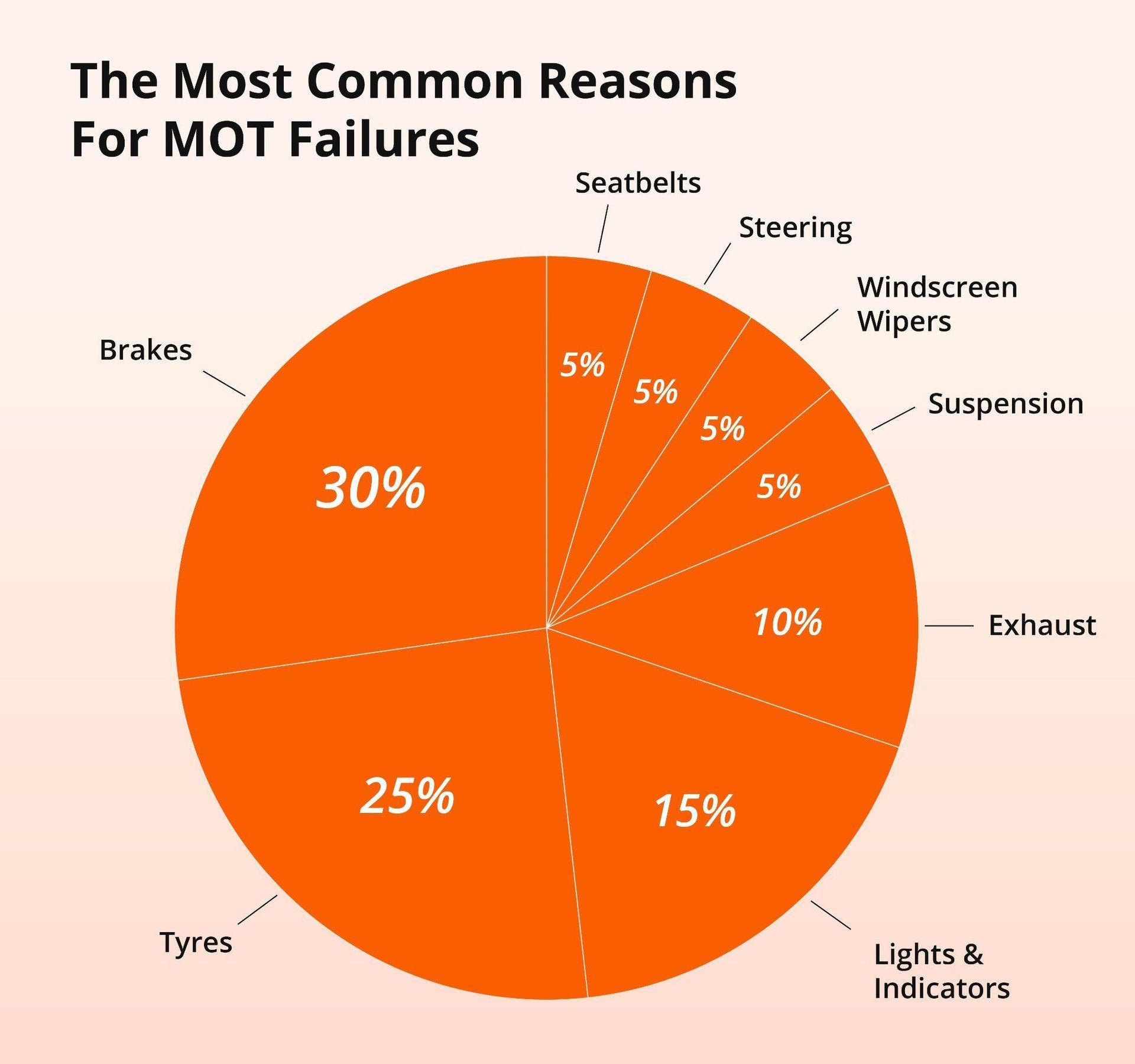
Understanding MOT Test Faults: What Do They Mean?
MOT tests result in three possible outcomes for any faults found: minor defect, major defect, and dangerous defect. Understanding these results is crucial, as they indicate the severity of the issues and how they affect your vehicle’s condition.
Minor Defects
A minor defect is a relatively small issue that does not significantly affect the safety of the vehicle but should still be repaired as soon as possible. It’s important to address minor defects promptly, as they can sometimes worsen over time. For example, a bulb that’s slightly dimmer than it should be, small chips on the windscreen that do not obstruct the driver’s vision, or slightly worn brake pads that don’t yet affect braking efficiency could be considered minor defects.
While the vehicle can still be driven with a minor defect, it’s advisable to fix it before the next MOT test or your next trip to the garage.
Major Defects
A major defect indicates a serious problem that affects the vehicle’s roadworthiness and safety. A car with a major defect will not pass the MOT and must be repaired before it can be legally driven. If a major defect is found during the test, it’s essential to address it immediately to prevent any further issues.Things like worn-out tyres, faulty brakes, or broken suspension components. These issues may compromise the vehicle’s performance or safety, so driving with a major defect is dangerous.
A major defect is something that should be repaired right away, and the vehicle may need to undergo a re-test to confirm the issue has been resolved.
Dangerous Defects
A dangerous defect is the most serious kind of problem and indicates that the vehicle is unsafe to drive. These issues pose an immediate threat to the safety of the driver, passengers, and other road users. If a dangerous defect is found, the vehicle will fail the MOT, and you should not drive it until it has been repaired.
What Happens After an MOT Test?
Once your vehicle undergoes the MOT test, you will receive a certificate indicating whether your car passed or failed. Here’s what happens next based on the outcome:
Passing the Test
If your vehicle passes the MOT, you’ll receive an MOT certificate that proves your car meets the safety and environmental standards. The certificate is valid for one year, and you’ll need to book the next MOT test before your current one expires.
Failing the Test
If your vehicle fails the MOT, you will be given a list of the faults that were found. The garage will usually provide an estimate for repairs that you'll need, and you can choose to fix the issues yourself or have the garage handle the repairs. Once the issues are addressed, you’ll need to have your vehicle re-tested.
Choosing the Right MOT Garage and Local Mechanics
Choosing a reliable MOT garage is essential to ensure that your vehicle is tested thoroughly and accurately. Here are some tips for selecting the right MOT garage:
- Reputation - Look for a garage with a good reputation in your area. Check customer reviews or ask friends and family for recommendations.
- Certified MOT Testing Centre - Ensure that the garage is officially licensed to carry out MOT tests.
- Experienced Mechanics - A trusted MOT garage will have experienced, certified mechanics who know what they’re doing.
Acorn Tyres
Whether you have minor, major, or dangerous defects, it’s important to act quickly to maintain road safety. Choosing a reputable local garage for your MOT test ensures you receive the best service and advice. So, don’t wait until your MOT is due, book your test today.
Here at Acorn Tyres, we can help you ensure that your car or vehicle is fit for the roads. From brakes to exhaust systems, each component plays a vital role in ensuring your car is safe to drive. To learn more about our services, get in touch with our team today.

